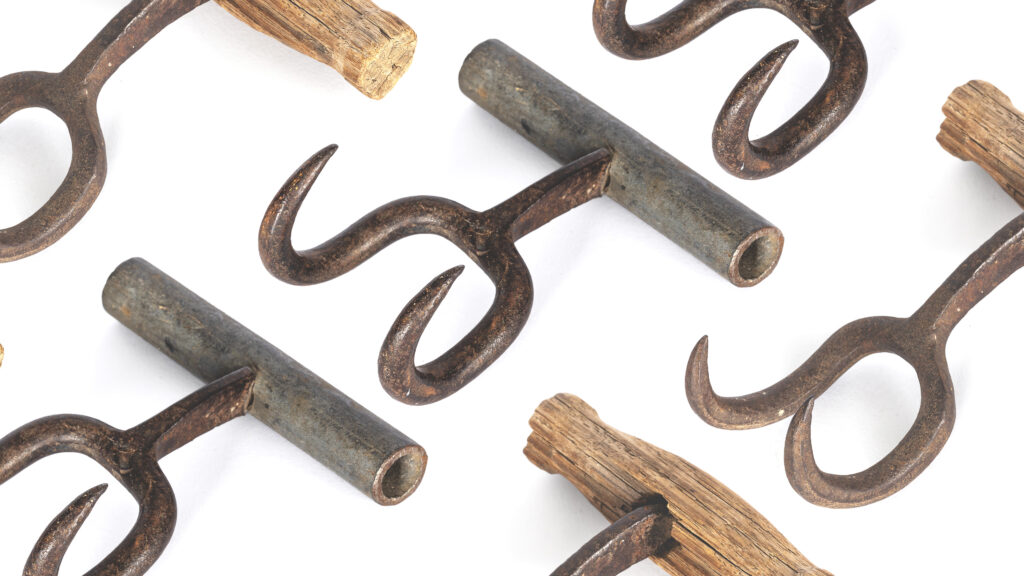
In the late 19th and early 20th century, as the availability of workers for labour-intensive farming increased, the planting of wheat and other grains became more prevalent. When the season for reaping came around, agricultural workers packed wheat, maize (corn), and other grains into jute sacks, usually imported from India. Handling the bags, which weighed […]
Read More…
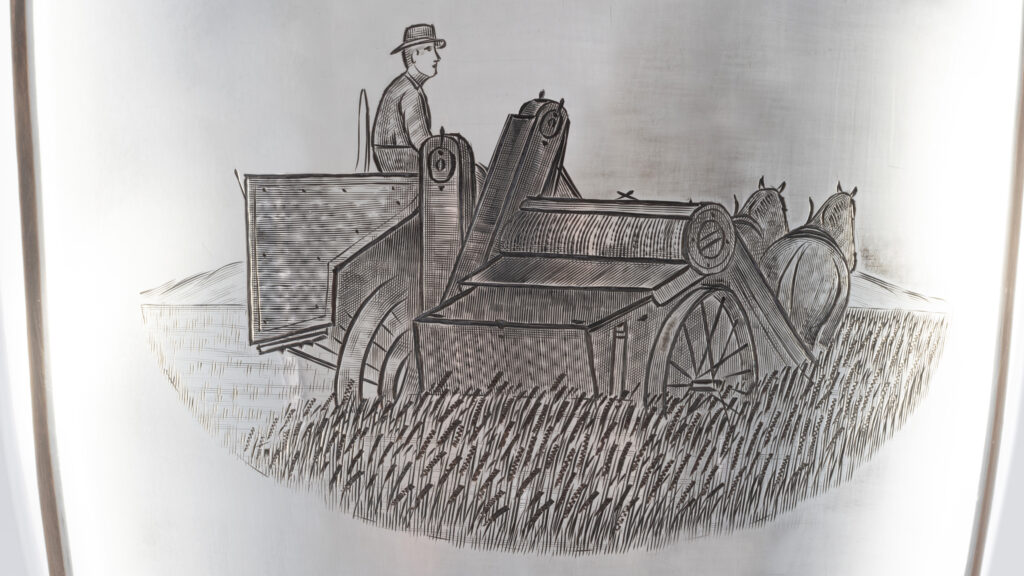
Farmers have harvested wheat from the fertile soil around Inverell since the 1850s, when the town was established on the land of the Gomeroi and Ennewin peoples. By the late 1920s, when this trophy for a crop of wheat was awarded to JF Morris of Hopgrove, near Inverell, land was becoming scarcer as towns grew. […]
Read More…
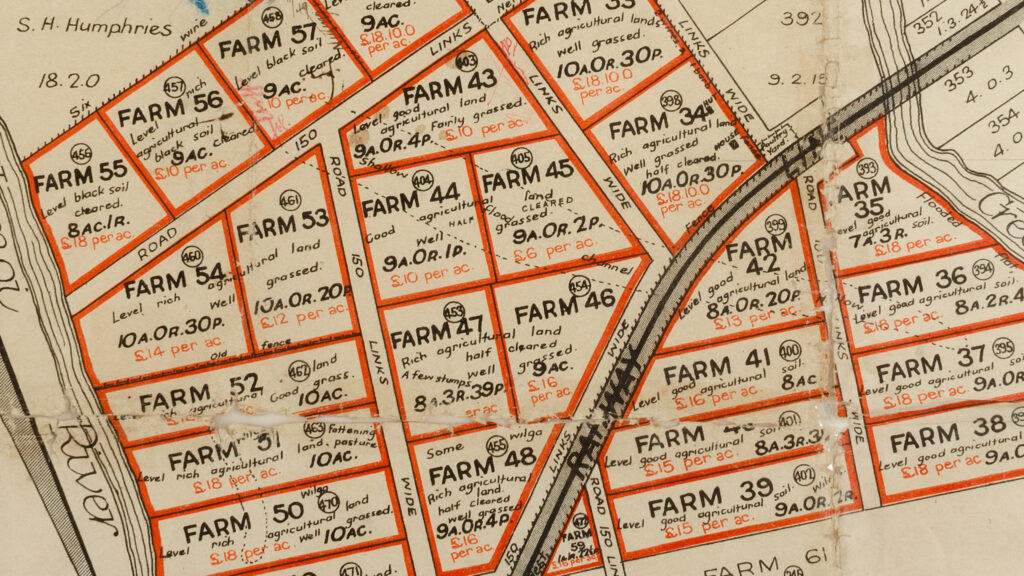
Proposed as affordable estates, Closer Settlement Farms were a way for the government to increase the profitability of the ‘new’ nation by promoting rural settlement and agricultural expansion. Immediately following Federation, the passing of the Closer Settlement Act in 1904 set in motion the re-acquisition of ‘Crown Land’ for subdivision and sale. This 1911 Tibereenah […]
Read More…
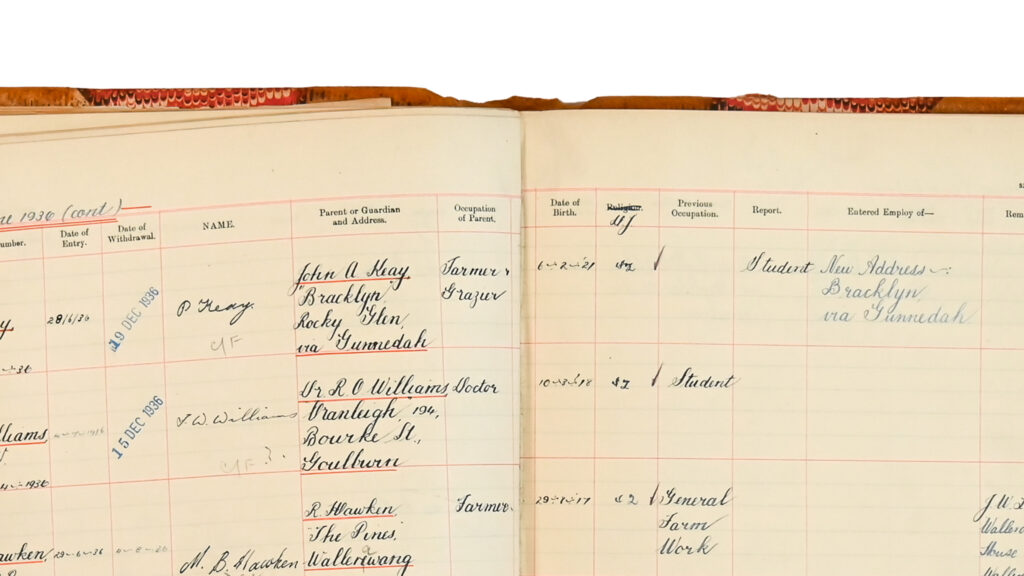
When the NSW Government established the system of Experiment Farms, the aim was to turn out practical farmers in order to improve agricultural capacity. To achieve this, the Bathurst Experiment Farm School was established in 1897 and would train over 850 students until the school closed in 1941. This register of students enrolled at the […]
Read More…
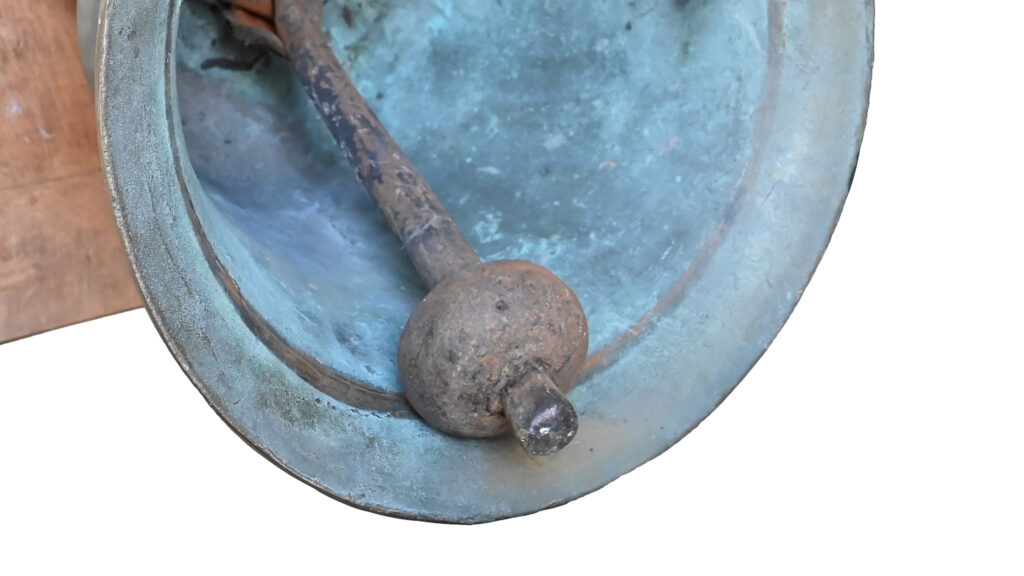
Most of us, supposedly like Pavlov’s Dog, react to the ringing of a bell. Whether the bell rings out an alarm or calls us together we are programmed to respond to its call. The tolling of this brass bell alerted students at the Bathurst Experiment Farm to changes in their day. It called students to […]
Read More…
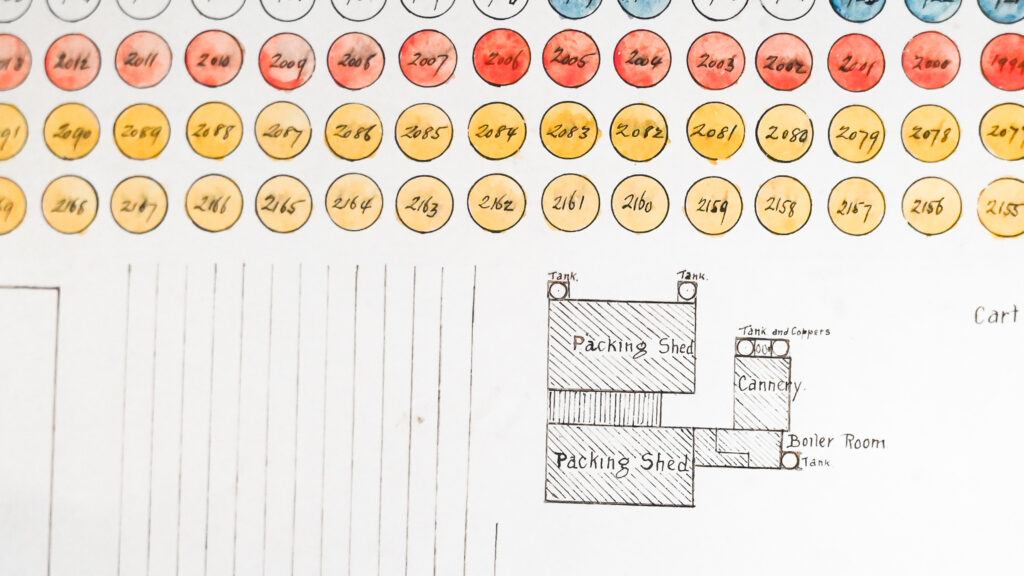
When your orchard covers about fifteen hectares and contains 2,690 trees – half of which are apple trees – you need some way to find any individual tree. This plan of the Bathurst Experiment Farm orchard was devised and used just for this purpose. Until each tree was tagged with their variety in the 1960s, […]
Read More…
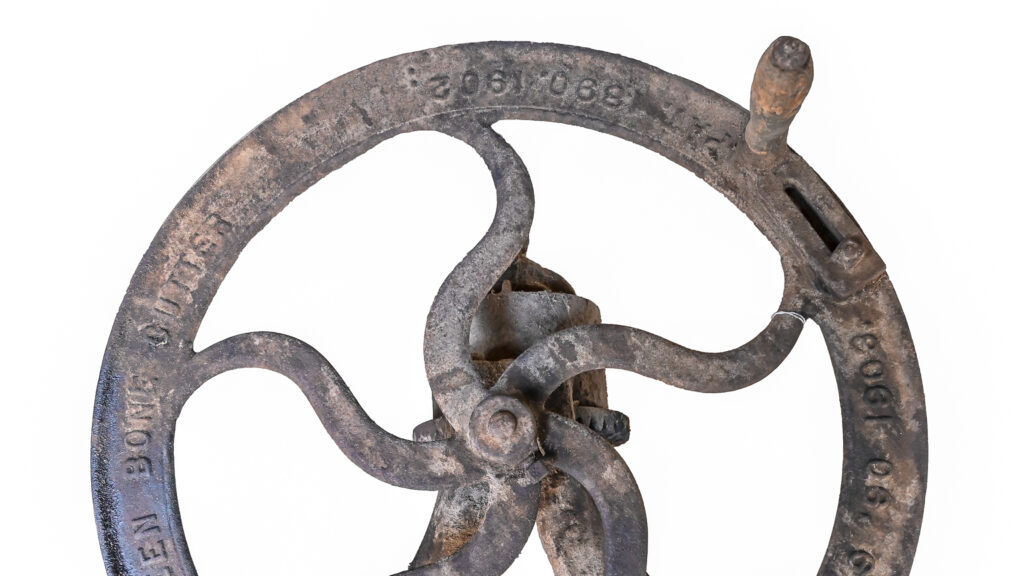
The establishment of the Bathurst Experiment Farm in 1895 (later the Bathurst Agricultural Research Station) was part of a move by the New South Wales Government to increase agricultural capacity through the systematic application of science and education to agriculture. The rather gruesome looking device in the first photograph is the grinding gear of a […]
Read More…
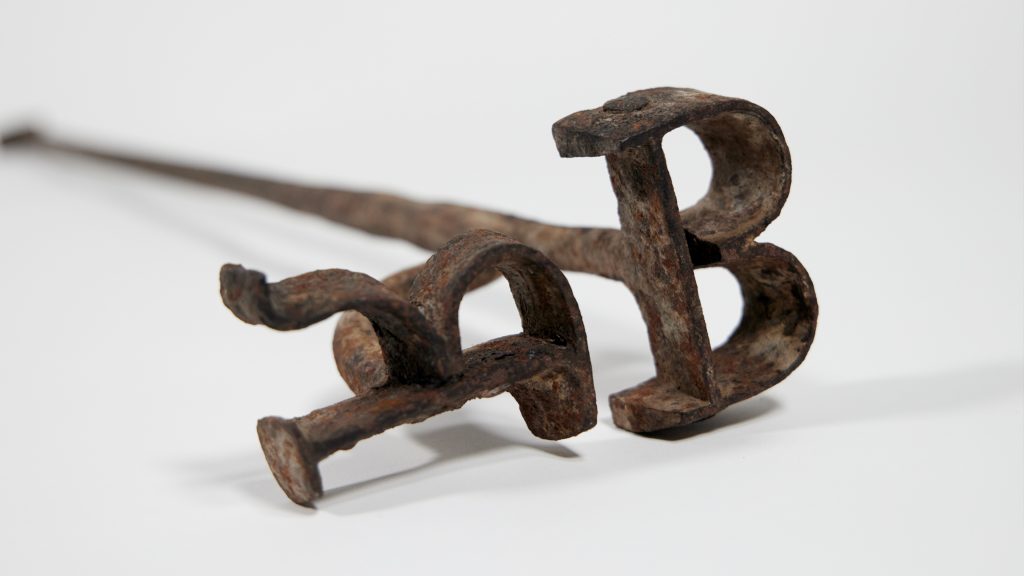
In nineteenth-century NSW, owning horses and cattle was common. An important asset for many, losing a horse, cow or bullock could mean losing your transport or livelihood. Livestock was a favoured target of thieves who were only abetted by patchy fencing and primitive communications. In the 1860s, newspapers fretted that cattle stealing had reached ‘alarming […]
Read More…
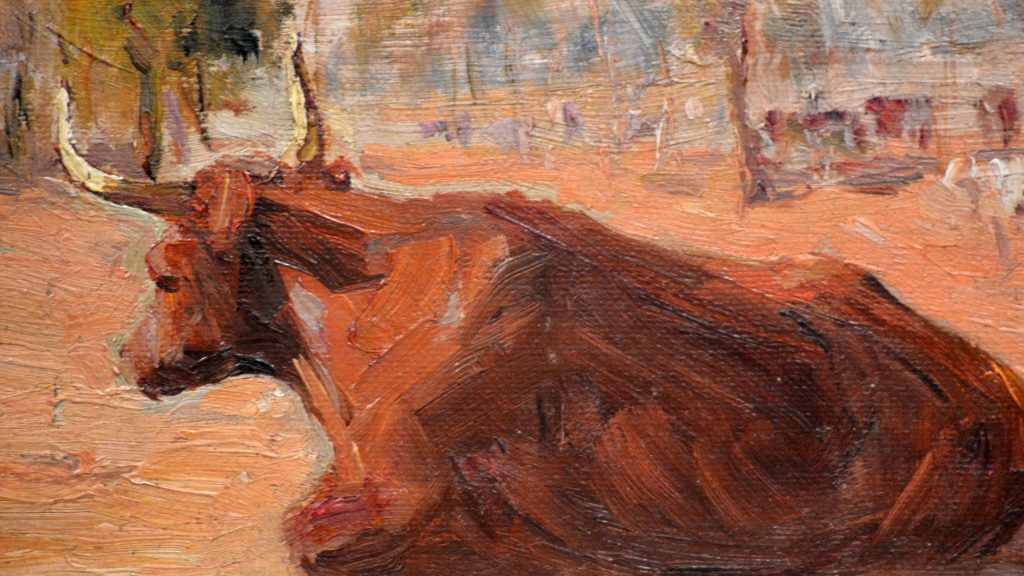
Splotches of rich auburn resting on red earth, smears wandering in small patches of shade, and above all, heat. The only thing missing is the drone of flies above the steer’s head. Bullocks Resting by John Salvana (1873-1956) captures a pastoral image that has long captivated settlers in Australia. Pastoralist art presents country life, particularly […]
Read More…
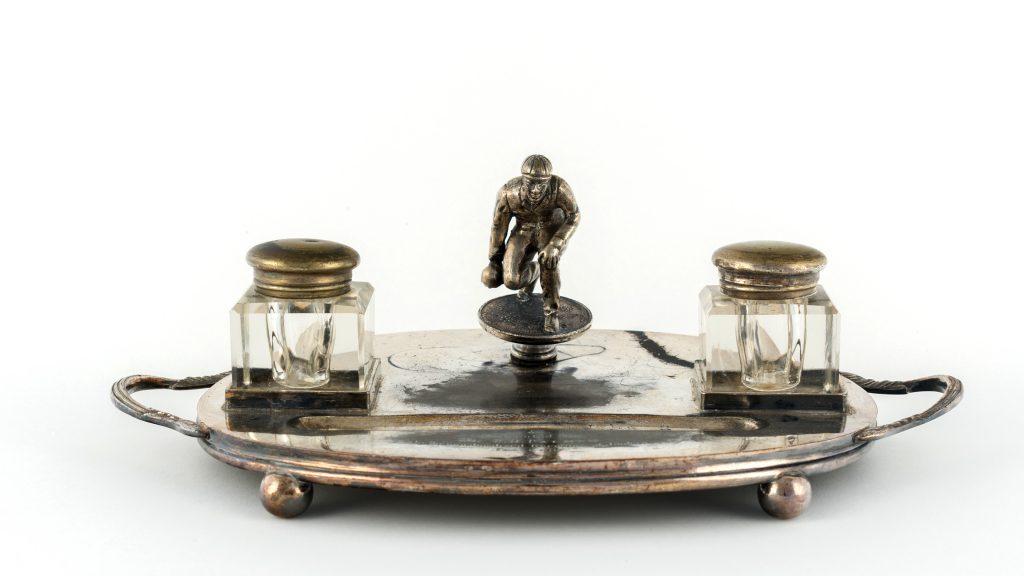
As a retirement gift this silver ink stand made by Barker Brothers of England is perfect. But it is much more than a retirement gift, it is a symbol of the high regard in which the recipient was held and the exercise of commonsense in uncertain and difficult times. The ink stand was presented to […]
Read More…











